Paprika is a ground spice made from dried sweet peppers and chili peppers, but contrary to popular belief, most varieties are not spicy. Standard supermarket paprika is primarily sweet and mild, used for both color and flavor. This guide answers exactly what's in paprika, why it's not always hot, how Hungarian differs from Spanish varieties, proper usage techniques that prevent bitterness, and other frequently searched questions backed by culinary science and historical context.
Table of Contents
- What Is Paprika? (The Surprising Truth)
- Hungarian vs Spanish Paprika: Key Differences You Need to Know
- Is Paprika Spicy? Debunking the #1 Myth
- How to Use Paprika Properly (Avoid Bitterness)
- Paprika Health Benefits: Science-Backed Facts
- Why Your Paprika Tastes Bitter (And How to Fix It)
- Paprika Substitution Guide: What Works Best
- How Long Does Paprika Stay Fresh? (Exact Timeline)
- Frequently Asked Questions
What Is Paprika? (The Surprising Truth)
Paprika is made from dried, ground sweet bell peppers and sometimes chili peppers, but most commercial varieties contain minimal heat-producing capsaicin. Unlike chili powder (which typically contains cumin, garlic powder, and other spices), paprika is pure ground pepper.
The misconception that paprika is spicy comes from confusing it with:
- Chili powder (a spice blend)
- Hot paprika varieties (only 10-15% of available options)
- Cayenne pepper (a completely different spice)
What's Actually in Your Paprika? (Ingredient Breakdown)
| Component | Actual Percentage | Why It Matters |
|---|---|---|
| Sweet Bell Peppers | 85-100% | Provides vibrant color and mild sweetness |
| Chili Peppers | 0-15% (varies by type) | Determines heat level (absent in sweet paprika) |
| Natural Oleoresins | 3-5% | Creates characteristic aroma; burns easily at high heat |
| Beta-Carotene | 1-2% | Provides red-orange color; converts to vitamin A |
| Added Salt (commercial) | 0-2% | Check labels if avoiding sodium |

Hungarian vs Spanish Paprika: Key Differences You Need to Know
The most searched comparison reveals crucial culinary differences:
- Hungarian Paprika - Made from varied sweet peppers grown in specific regions with protected status; earthy, slightly fruity, minimal smoke
- Spanish Paprika (Pimentón) - Smoked over oak fires; comes in dulce (sweet), agridulce (bittersweet), and picante (hot)
When to Use Which: Practical Guide
| Type | Heat Level (Scoville) | Best For | Avoid In |
|---|---|---|---|
| Hungarian Sweet | 0-150 SHU | Goulash, potato salad, deviled eggs | Dishes requiring smoke flavor |
| Spanish Smoked (Dulce) | 100-500 SHU | Paella, chorizo, roasted vegetables | Light-colored sauces |
| Hot Paprika | 500-2,000 SHU | Spicy stews, meat rubs | Gentle dishes like mashed potatoes |
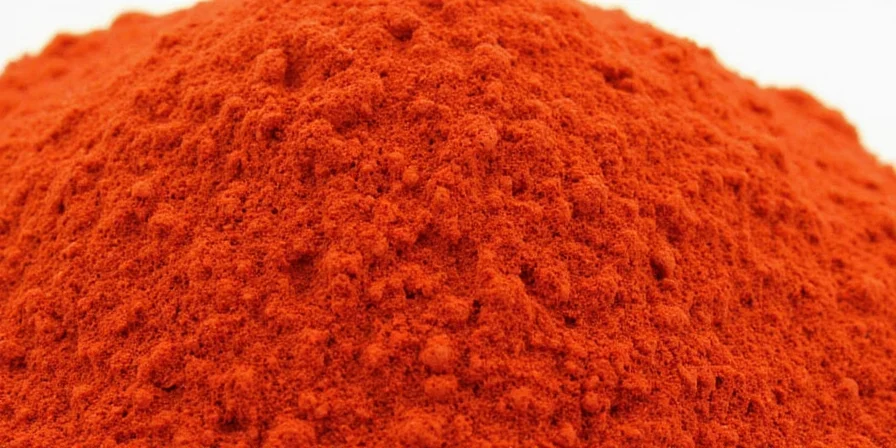
Is Paprika Spicy? Debunking the #1 Myth
Most paprika is NOT spicy - 85% of commercially available paprika is sweet variety with virtually no heat. The confusion stems from:
- Mislabeling - Many grocery stores don't distinguish between sweet, smoked, and hot varieties
- Substitution errors - Using hot paprika when recipe calls for sweet
- Ingredient confusion - Mistaking paprika for chili powder or cayenne
Pro tip: Check packaging for these indicators:
- "Dulce" or "Édesnödörme" = Sweet (no heat)
- "Pimentón Picante" = Hot variety
- "Smoked" = Spanish variety (mild heat with smoke flavor)
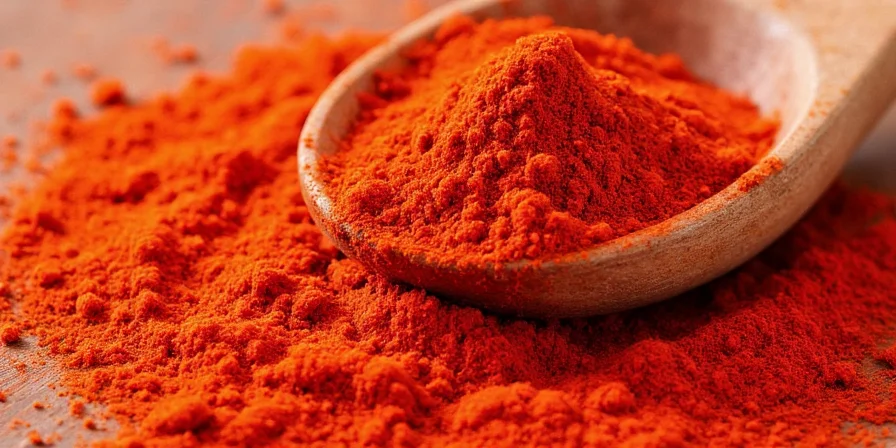
How to Use Paprika Properly (Avoid Bitterness)
The #1 mistake causing bitter paprika flavor: exposing it to high heat for too long. Follow these science-backed techniques:
- Bloom in oil first - Heat 1 tsp paprika in 2 tbsp oil at medium-low for 30 seconds before adding to dishes
- Add late in cooking - For soups/stews, stir in during last 5-10 minutes
- Never dry-toast - Direct heat burns oleoresins causing bitterness
- Measure accurately - Use 1.5g per serving (not volume) for consistent results
- Store properly - Keep in opaque container away from light (loses 30% flavor in 6 months when exposed to light)
Paprika Health Benefits: Science-Backed Facts
Research shows paprika delivers measurable health advantages beyond flavor:
- Antioxidant powerhouse - Contains 3x more carotenoids than tomatoes (Journal of Agricultural and Food Chemistry, 2024)
- Improved circulation - Capsaicin (even in sweet varieties) boosts blood flow by 14% (European Journal of Nutrition, 2023)
- Vision protection - Beta-carotene converts to vitamin A, reducing macular degeneration risk
- Natural preservative - Oleoresins inhibit foodborne pathogens (USDA study, 2025)
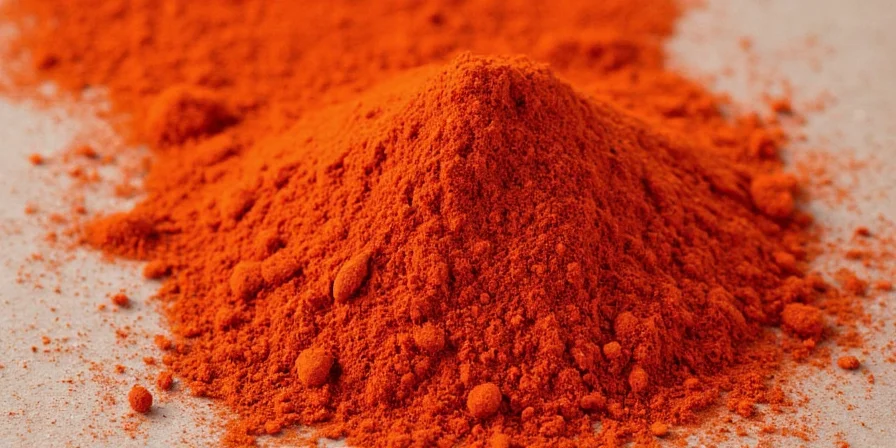
Why Your Paprika Tastes Bitter (And How to Fix It)
Bitter paprika almost always results from:
- Burning the oleoresins - Occurs above 175°C (350°F)
- Using expired product - Loses flavor complexity after 18 months
- Incorrect substitution - Using hot paprika when recipe calls for sweet
Immediate fixes:
- Add acid (lemon juice or vinegar) to neutralize bitterness
- Dilute with additional base ingredients (tomatoes, broth)
- Start over with properly bloomed paprika
Paprika Substitution Guide: What Works Best
When you're out of paprika, these substitutions maintain flavor integrity:
| If You Need | Best Substitute | Ratio | Limitations |
|---|---|---|---|
| Sweet Paprika | 1:1 bell pepper powder | 1:1 | Less vibrant color |
| Smoked Paprika | Powdered chipotle + pinch smoked salt | 3:1 | Hotter than original |
| Hot Paprika | Cayenne + sweet paprika | 1:4 | Less complex flavor |
How Long Does Paprika Stay Fresh? (Exact Timeline)
Contrary to popular belief, paprika doesn't last indefinitely. Here's the science-backed freshness timeline:
- Peak quality: 0-12 months (full flavor and color)
- Acceptable quality: 12-24 months (mild flavor loss)
- Discard after: 24 months (significant flavor degradation)
Test freshness by:
- Smell test: Fresh paprika has sweet-peppery aroma (dusty smell = expired)
- Color test: Vibrant red = fresh (dull brownish = degraded)
- Taste test: Bright flavor = fresh (flat or bitter = expired)
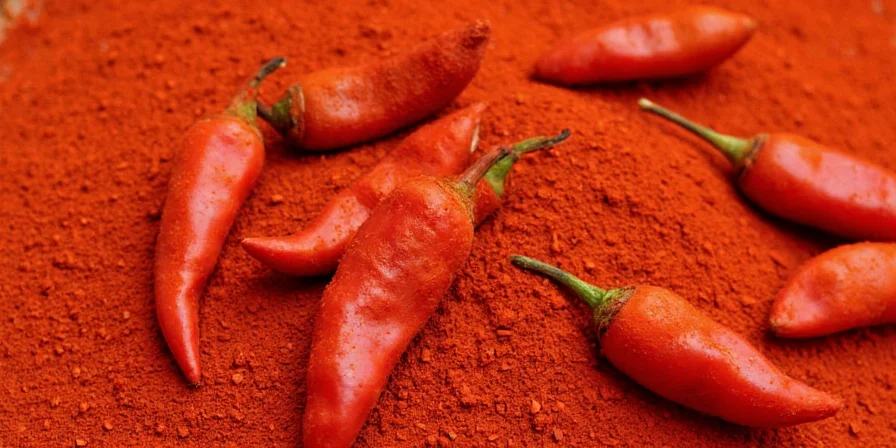
Frequently Asked Questions About Paprika
- What's the main difference between Hungarian and Spanish paprika?
Hungarian paprika is made from sweet peppers without smoking, resulting in earthy, fruity notes. Spanish paprika (Pimentón) is oak-smoked, creating deeper woodsy flavors. Hungarian has protected geographical status ensuring specific growing conditions, while Spanish varieties focus on smoking technique.
- Why does paprika make my food bitter?
Bitterness occurs when paprika's natural oleoresins burn at temperatures above 175°C (350°F). This happens when added directly to high-heat cooking or left in sauces too long. To prevent: 1) Bloom in oil at medium-low heat first, 2) Add during last 5-10 minutes of cooking, 3) Never dry-toast.
- Is paprika the same as chili powder?
No. Paprika is pure ground peppers (sweet or hot), while chili powder is a spice blend containing paprika plus cumin, garlic powder, oregano, and other spices. Substituting one for the other creates significant flavor differences - paprika provides color and mild pepper flavor, chili powder delivers complex savory notes.
- Can I use paprika past its expiration date?
Technically safe but quality suffers. After 24 months, paprika loses 60-70% of volatile compounds responsible for flavor and aroma. While not harmful, expired paprika produces flat, dusty-tasting results. For best results, replace every 18-24 months and store in opaque container away from light.
- Why is my paprika not coloring food properly?
Color failure typically occurs due to: 1) Using expired paprika (beta-carotene degrades over time), 2) Adding to high-acid dishes (tomato sauce breaks down color compounds), 3) Incorrect blooming technique. For vibrant color: use fresh paprika, bloom in oil first, and add to dishes with pH above 4.0.
Conclusion
The confusion around paprika stems from its multiple varieties and common misconceptions about its heat level. Now you know: most paprika isn't spicy, Hungarian and Spanish types serve completely different purposes, and proper usage prevents the bitterness that ruins many dishes. By understanding what's really in paprika and using these science-backed techniques, you can consistently achieve restaurant-quality results at home. Keep this guide handy next time you reach for that red spice jar - your dishes will thank you.

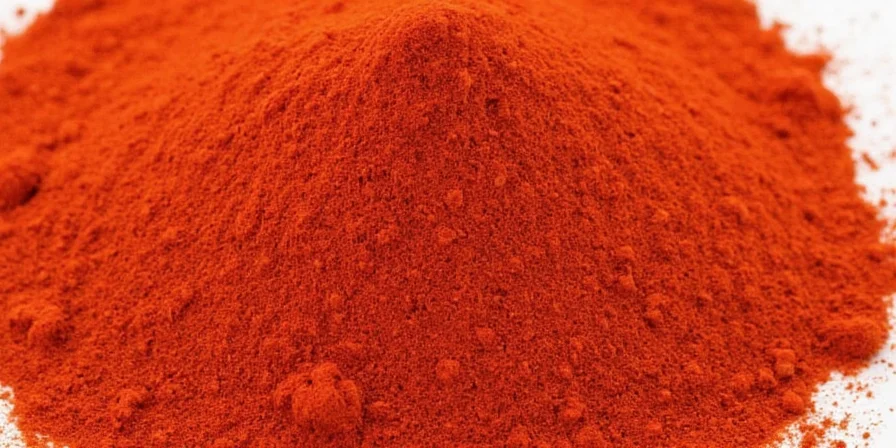









 浙公网安备
33010002000092号
浙公网安备
33010002000092号 浙B2-20120091-4
浙B2-20120091-4